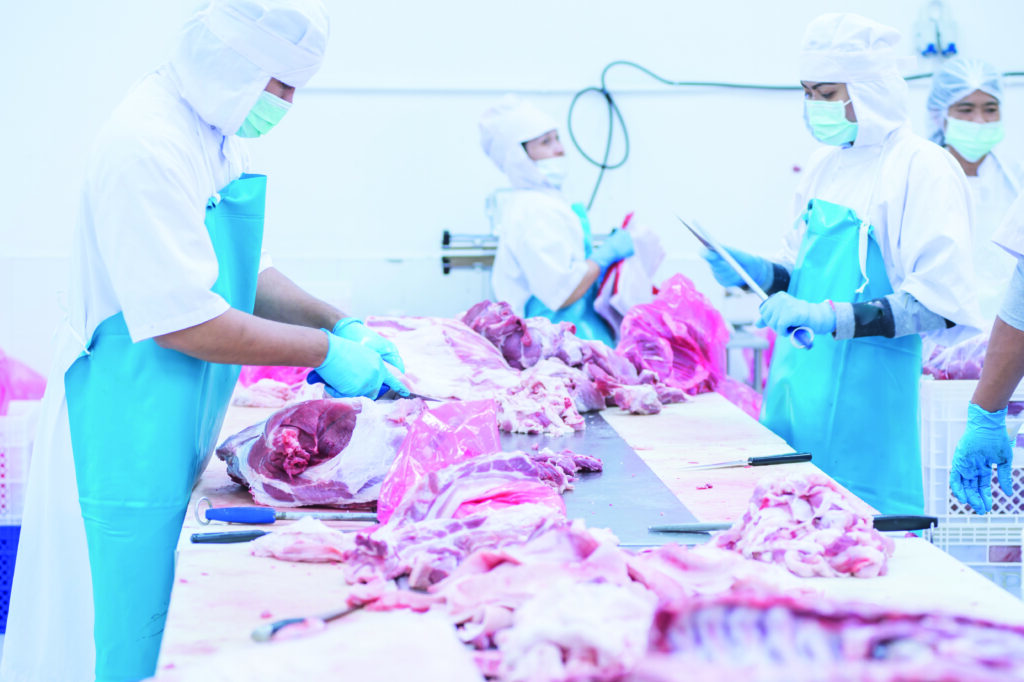Having moved ahead of year earlier levels in July, UK pork exports reported a second consecutive month of growth in August, climbing 9% on the year to reach 17,900 tonnes.
The value of these exports also increased by 15% on the year to £24 million, with the average unit price climbing, partly due to the weaker pound.
Export growth was primarily driven by shipments to the EU climbing by 16% year-on-year. Within this, exports to Denmark, likely for re-export, reportedly more than doubled. A 12% growth in shipments was also reported to Germany at 2,400 tonnes. Meanwhile, exports to the Netherlands fell by 37% and shipments to Ireland declined by 19%, to 900 tonnes and 2,400 tonnes respectively.
Outside the EU, pork exports to China increased by 11% on the year to 4,300 tonnes, which is particularly positive at a time when Chinese imports are declining overall. This increase more than countered the 3% decline in shipments to Hong Kong. The offal trade was also stable to these regions, with a 60% increase in shipments to Hong Kong outweighing a 16% decline in exports to China. Other smaller markets also took increasing amounts of UK offal, such as the Philippines.
On the import side, fresh/frozen pork shipments during August also continued the trend from the previous month, and declined 4% year-on-year to 38,500 tonnes. However, as for exports, rising unit prices meant the value of this trade was still 8% higher compared to August 2016.
Falling import volumes were primarily due to Danish shipments reportedly declining 14% from the previous year’s elevated figure, perhaps suggesting they are now falling closer in line with expected levels. Although, at 13,900 tonnes, volumes were still almost double the same month in 2015.
For bacon, imports continued to decline in August (-20% year on year), reflecting reports of a shift towards importing more pork and processing it domestically. This move is also reflected in the bacon export figure, with volumes 6% above year earlier levels during August.





